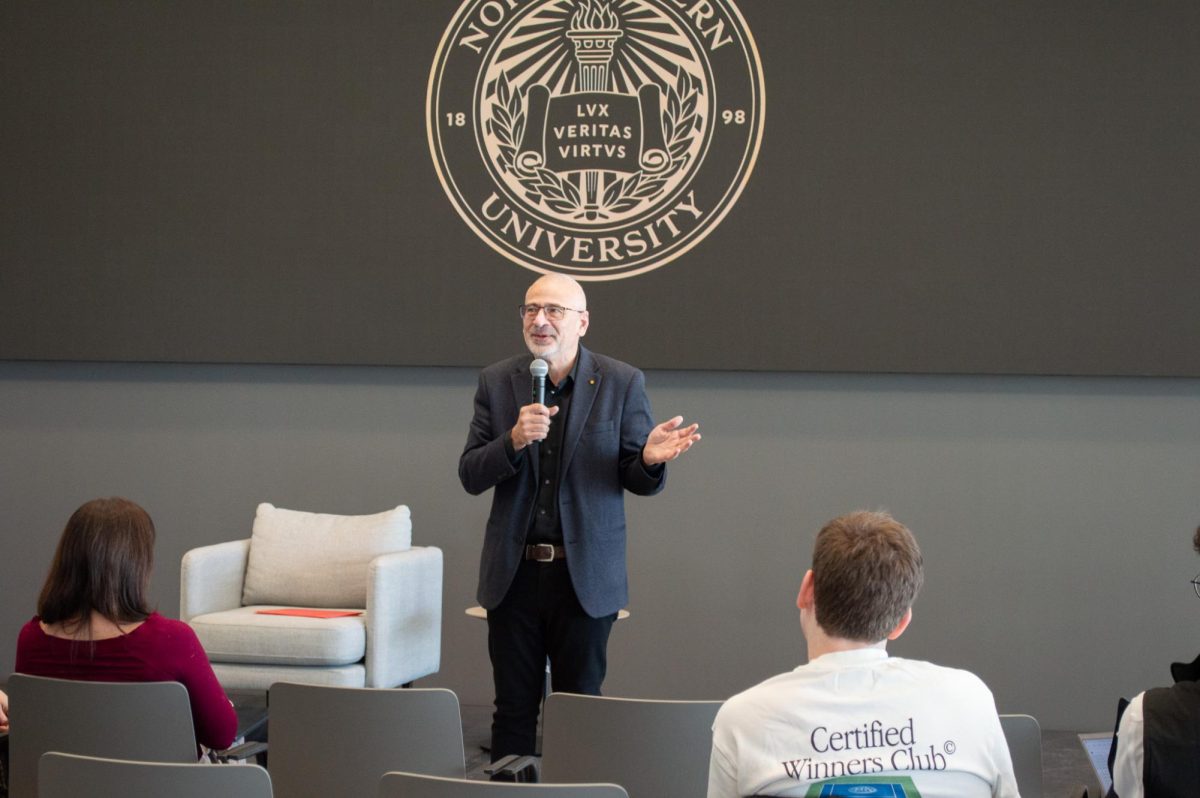By Nicole Haley
At 24 years old, Liza has a husband, two children and a relentless heroin addiction. She has sores on her face and track marks on her arms, but she says she is getting used to life on the streets. Eric Lifton found Liza working the streets while filming his documentary, “Addicted to Love (Shooting up: Life on the Streets).”
His inspiration for the film began with his work at Coolidge House, a half-way house on Huntington Avenue. Lifton described the house’s zero tolerance policy for drugs and expressed his frustration at frequently having to send violators back to prison.
All residents are subject to random drug testing and Lifton said that every month someone would fail and be sent back.
“I just couldn’t believe that people would ruin their lives again and jeopardize seeing their kids and family just to get high once,” Lifton said.
In 1999 when Lifton left the house, he decided to make a documentary about heroin addiction to investigate what compelled so many people to sacrifice their freedom. When he met Liza, he realized that she would be the perfect subject.
Liza’s mother has custody of her children and when Lifton asks where they are, she responds simply, “they’re at home with their family where they belong.”
In order to support her habit Liza said she often “burns tricks” by running with the money rather than following through with prostitution, a habit that puts her at high risk for getting beat or stabbed according to Kathy, a friend and fellow addict.
“I wasn’t always a street girl. I was a wife and a mother,” Liza said.
Lifton said he is in favor of the decriminalization of drugs and does not believe prison is the answer to the drug problem. He said that he has spoken with people who have quit using heroin up to 50 times, and he believes that jail “doesn’t treat addiction.”
In describing what he termed “the revolving door,” Lifton criticized the current drug policy. He said the illegality of drugs results in people living on the streets and hustling through more illegal activities such as stealing and prostitution in order to feed their addictions.
Kathy, who has been shooting heroin for five years, confessed to turning 10 tricks in half a day to support her more than 10 bag a day habit. She told Lifton she usually will not go to sleep until she has either heroin or money because she “doesn’t like to wake up feeling sick.”
“We pay a very high price for very low living,” Kathy said.
Both Liza and Kathy have faced several court charges and Liza is currently in jail for violating her parole. After witnessing other recurring offenders first hand from his experience at Coolidge House, Lifton said that the money spent on drug offenders in prison is out of control.
In a hearing on the resurgence of heroin use in 1999, the Committee on the Judiciary of the U.S. Senate estimated that it costs about $25,000 to $30,000 to keep one drug offender in prison for one year. Of the 1.8 million people in prison at the time, 80 percent were there for drug-related crimes.
Lifton says this comes at the expense of several closed fire departments and teacher layoffs.
“It is total insanity,” Lifton concluded.
According to Assistant Director of Programs Francesca Carmignani, the drug policy at Coolidge House has changed since Lifton’s time. In December the zero tolerance policy ended due to prison “overcrowding issues.”
Carmignani said that now prisoners will get disciplinary actions that depend on the severity of their violations but will not automatically be sent back to prison.
To find out more or to purchase Lifton’s video, visit ishouldquit.com.









